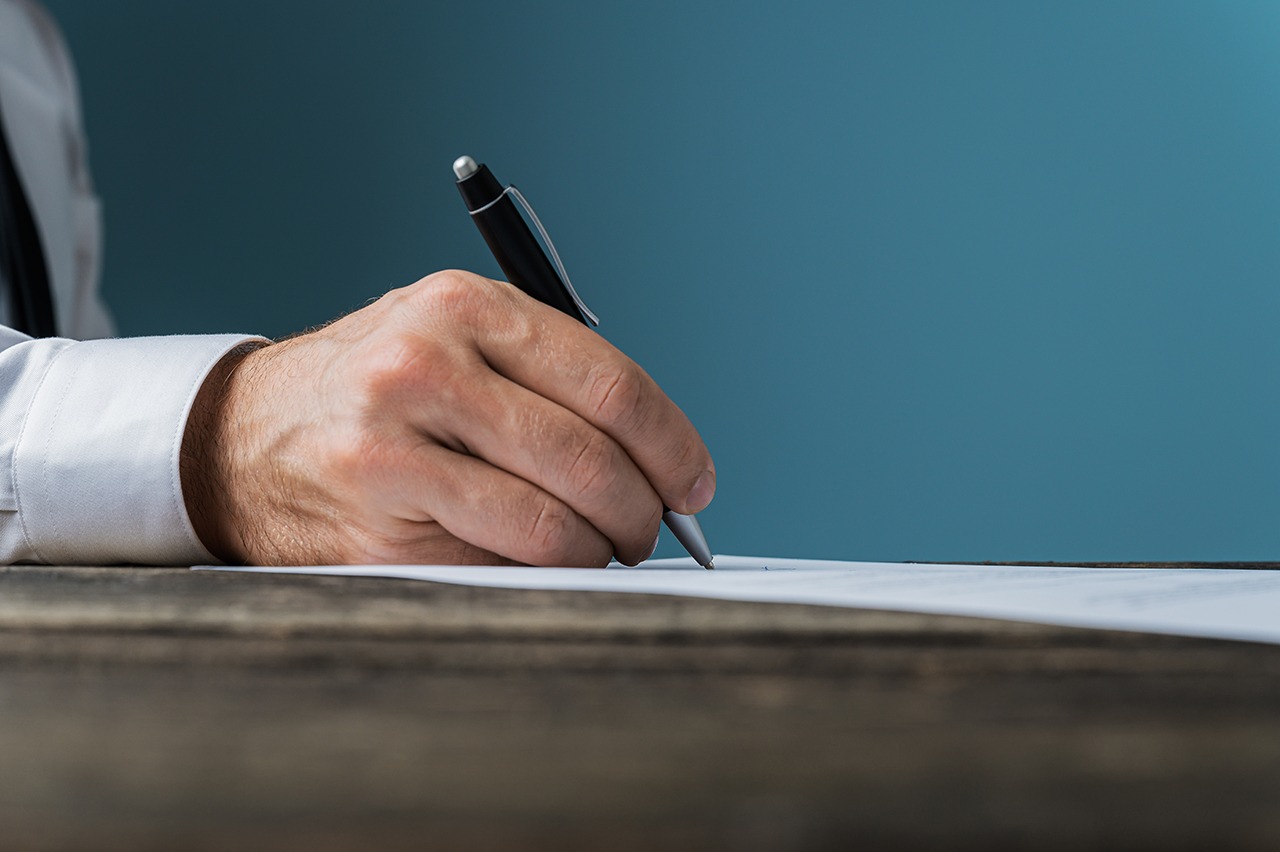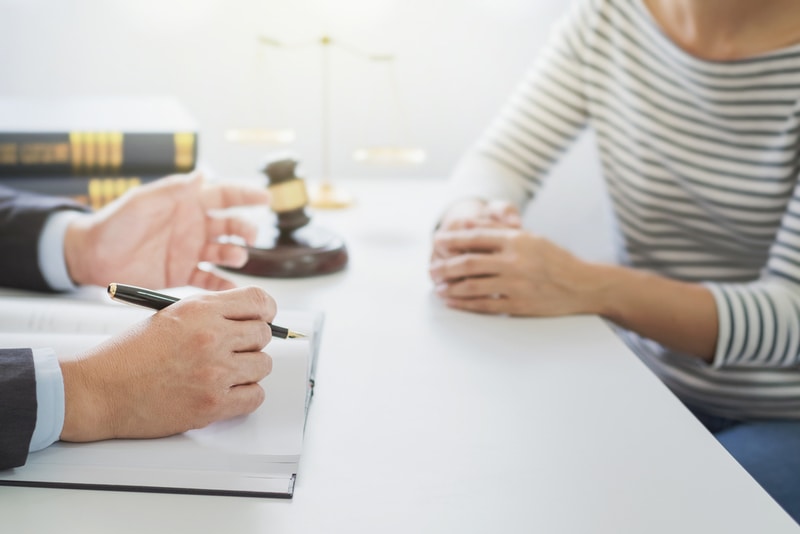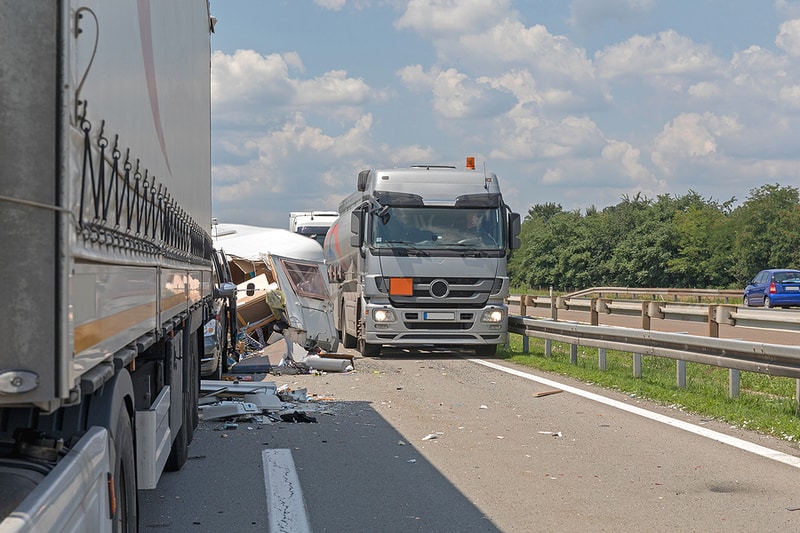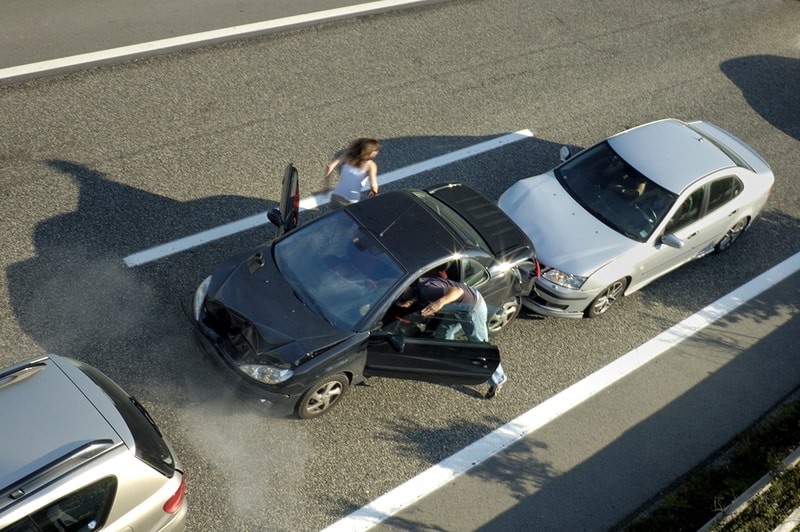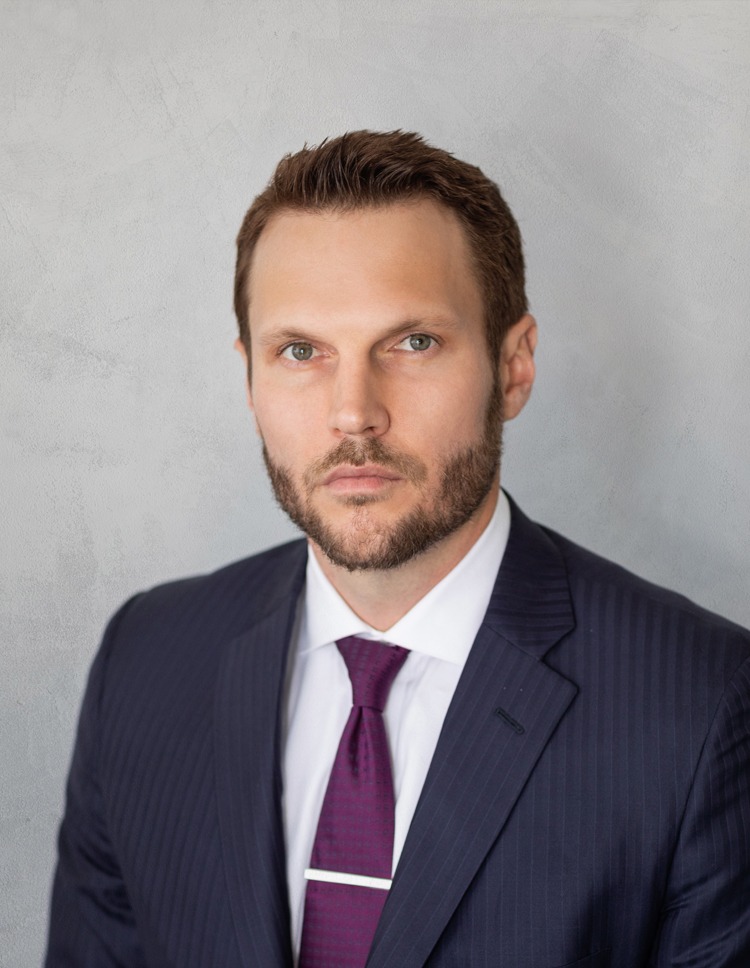Most of Florida will slowly start to reopen next week after COVID-19 struck the state in March, paralyzing businesses, putting millions out of work and killing more than 1,000 people.
Gov. Ron DeSantis on Wednesday laid out the first phase to reopen Florida, which will for now not include Palm Beach, Broward and Miami-Dade counties — areas where the virus has swiftly spread. Starting Monday, elective surgeries can resume, retail stores can operate at 25 percent indoor capacity and restaurants may offer outdoor seating with six feet of space between tables and indoor seating with 25 percent capacity, DeSantis said. Schools will continue distance learning and visits to senior living facilities will still be restricted. Bars, movie theaters, gyms and businesses such as hair salons will remain closed.
“We will get Florida back on its feet by using an approach that is safe, smart and step-by-step,” DeSantis said at a televised press conference from Tallahassee.
While the state starts to reopen, vulnerable individuals with underlying health conditions and citizens over 65 should avoid close contact with people outside their homes. The public should still keep a safe distance from one another while in public spaces and must avoid socializing in groups of more than 10 people in circumstances that don’t allow for physical distance. Facial masks are recommended for those in face-to-face interactions and in situations where social distancing is impossible, DeSantis said.
DeSantis added he’s hopeful South Florida can reopen as its positivity rates of COVID-19 cases steadily decline as they have for the rest of the state.
“These counties have seen the lion’s share of the state’s epidemic, but they are trending in a positive direction,” DeSantis said. “I am working with them and will continue to work with them, and I do believe that they will be able to move to Phase One very soon.”
Three more walk-up testing sites — mainly in South Florida — will open, bringing the total sum of sites to 11 across the state. The sites have testes at least 6,330 people, DeSantis said. Five additional drive-thru testing sites will open across the state and a mobile lab will begin conducting 3,500 tests a week that provide results in 45 minutes. The state will continue to consistently test at senior care facilities, where the virus especially travels quickly.
An at times emotional DeSantis said he plans to monitor testing to ensure there’s no spike in cases or hospitalizations before proceeding to the next steps of putting the state’s roughly 2 million people back to work.
“This has thrown the lives of millions of Americans into economic and social turmoil. Floridians have lost jobs at no fault of their own and many are fearful of what may come next,” DeSantis said, choking up. “Others have seen small businesses that represent their life’s work devastated practically overnight. This current crisis has impacted in one way or another all 21.5 million Floridians in life-changing ways.”
The next steps toward fully reopening the state will follow recommendations from the Centers for Disease Control — just as Phase One has. The second phase for states and regions with no evidence of a COVID-19 resurgence recommend vulnerable individuals to continue to shelter in place.
“Members of households with vulnerable residents should be aware that by returning to work or other environments where distancing is not practical, they could carry the virus back home,” the White House’s website states. “Precautions should be taken to isolate from vulnerable residents.”
Social settings of more than 50 people — where appropriate distancing may not be practical —should be avoided unless precautionary measures are observed. Non-essential travel may resume and the CDC encourages employers to allow employees to work from home whenever possible. Schools can reopen and gyms can open if they adhere to strict physical distancing and sanitation protocols. Bars may operate with diminished standing-room occupancy. Visitation to senior care facilities would still be prohibited in the CDC’s Phase 2 plan.
Phase 3 of the CDC’s plan to reopen — that DeSantis plans to eventually mimic — allows workplaces to operate with unrestricted staffing, visits to nursing homes are permitted, gyms can remain open if they adhere to standard sanitation protocols and bars may operate with increased standing room occupancy. Large venues such as sit-down dining, movie theaters, sporting venues and places of worship can operate under limited physical distancing protocols — although the distance requirements are not provided on the White House’s website.
Lastly, under Phase 3, “vulnerable individuals can resume public interactions, but should practice physical distancing, minimizing exposure to social settings where distancing may not be practical, unless precautionary measures are observed”. Low-risk individuals should consider minimizing time spent in crowded environments, according to the CDC.
Florida has seen 33,193 cases, 5,419 hospitalizations and 1,218 deaths related to COVID-19, according to the Florida Department of Health. Hospitalized patients never threatened capacity at any of the state’s hospitals which have nearly 70,000 beds, DeSantis said.
The U.S. has confirmed just over 1 million cases of COVID-19 and 58,965-related deaths. Worldwide, more than 200 countries and territories have confirmed more than 3.17 million cases and 219,611 deaths. The novel virus — believed to have originated in Wuhan, China sometime late last year — is marked by symptoms of cough, shortness of breath or at least two of the following symptoms: fever, chills, repeated shaking with chills, muscle pain, headache, sore throat and loss of taste and smell, according to the CDC.

